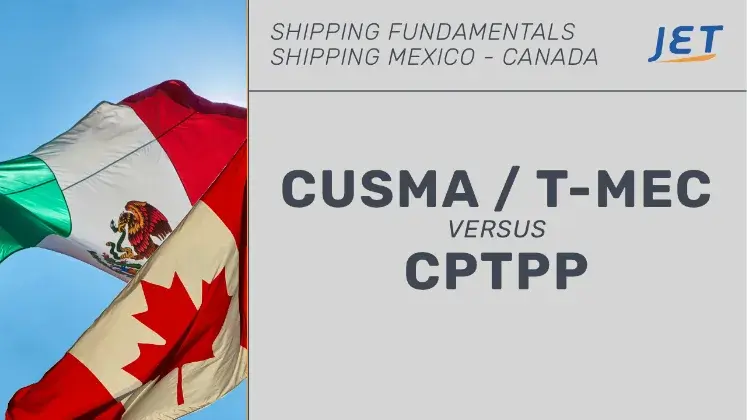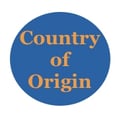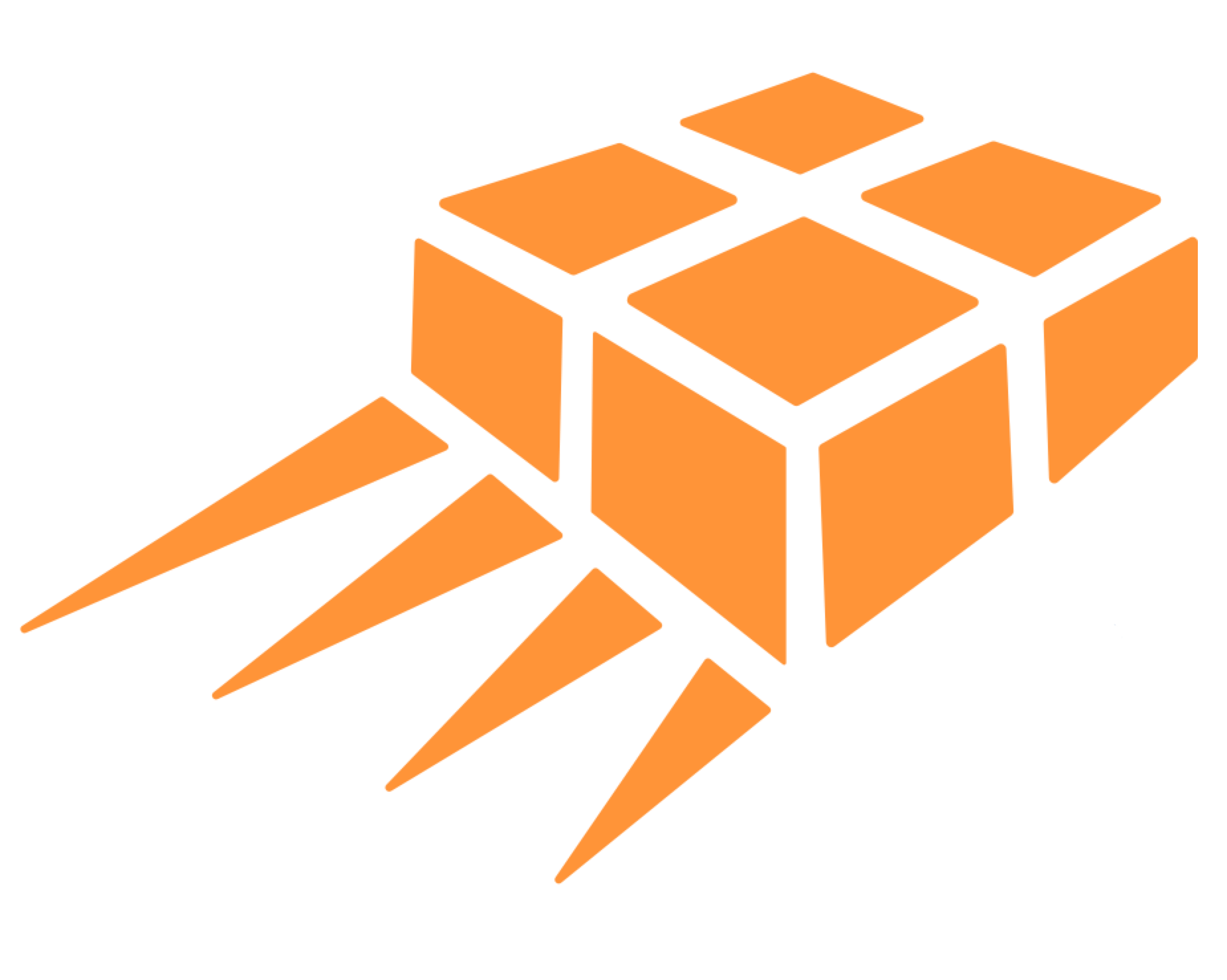
Shipping Mexico and Canada: CUSMA or CPTPP?
Companies in Mexico and Canada have the choice of using the North American Free Trade Agreement (CUSMA/ T-MEC) or CPTPP. Both have their advantages and importers have to choose either shipment at the time of import.
Jet Worldwide provides Mexican, Canadian and North American logistics. Our support refers to facilitating cross border movement of goods. Our logistics support augments your team with industry insights, transparency and by not being beholden to a specific carrier or process.
 Expand your cross border transportation and logistics options.
Expand your cross border transportation and logistics options.
- Grow your understanding of cross border shipping from a company providing logistics solutions for over 40 years! Strengthening your transportation team - even if you are a team of one!
- Gain from a discussion with our seasoned professionals. Contact our team for an initial consultation.
- International shipping guide from Canada (PDF)
Disclaimer: The information in all Jet Worldwide online content, including this post, is for general information only.
CUSMA /T-MEC Explained
CUSMA /T-MEC is the United States-Mexico-Canada Agreement. It replaced the North American Free Trade Agreement (NAFTA) and includes updated provisions on trade in goods and services, intellectual property, labor and the environment, among other areas.
CPTPP Explained
CPTPP (Comprehensive and Progressive Agreement for Trans-Pacific Partnership) is a trade agreement signed by 11 countries in the Pacific Rim region, including Canada and Mexico. It also contains provisions on trade in goods and services, intellectual property, and other areas, but is not specific to the relationship between Canada, the US, and Mexico.
Just being shipped between Mexico and Canada does not qualify as origin goods under a free trade agreement. The country of origin for the purposes of trade agreements refers to where the goods were manufactured (or, in the case of agriculture raised or grown).
CUSMA-TMEC versus CPTPP RULES OF ORIGIN
In terms of shipping, CUSMA and CPTPP have different rules of origin and tariffs that are applied when shipping products between Canada, the US and Mexico. As CUSMA is a trilateral agreement between these countries, it has specific provisions for trade between these countries, whereas CPTPP is a multilateral agreement that covers trade between multiple countries in the Pacific region, so the rules and tariffs may be different from those in CUSMA.
General categories for rules of origin in trade agreements
The rules of origin of Canadian Free Trade Agreements fall into two categories: General rules and category specific rules of origin (CSRO).
- General Rules of Origin: General rules of origin apply to all types of goods traded between each country. These rules are typically based on the percentage of regional value content (RVC) of a good, which measures the degree to which the good has been produced within the FTA region.
- Category specific rules : CSROs are more complex and generally involve both product and process specific rules. Categories commonly subject to specific rules of origin include automotive, textiles, chemicals, pharmaceuticals, and metals.
How are Rules of Origin Different between CUSMA /T-MEC and CPTPP
The rules of origin in CUSMA and CPTPP are different in terms of the criteria used to determine whether a product qualifies for preferential treatment under the agreements.
In CUSMA, the rules of origin are used to determine whether a product qualifies for duty-free or reduced-tariff treatment when traded between the United States, Mexico, and Canada. These rules specify the minimum percentage of the product that must originate from one or more of the CUSMA countries in order to qualify for the preferential treatment. Additionally, CUSMA has specific rules for automotive products, which requires that they have at least 75% North American content and that a certain percentage of the content be made by workers earning at least $16 an hour.
In CPTPP, the rules of origin are used to determine whether a product qualifies for duty-free or reduced-tariff treatment when traded between the 11 countries that are party to the agreement. These rules specify the minimum percentage of the product that must originate from one or more of the CPTPP countries in order to qualify for the preferential treatment. Additionally, CPTPP also has specific rules for automotive products, which requires that they have at least 45% regional value content.
CUSMA rules of origin are generally viewed as more stringent than those of CPTPP.
Shipping Guide: Sending from Mexico to Canada (PDF)

How to Verify Rules of Origin apply
A shipper can confirm compliance with the rules of origin under CUSMA/ CPTPP and CPTPP either by self certifying or consulting with a trade specialist and regulators. Records must be kept as both trade agreements empowers customs authorities of each country in order to verify that the imported goods comply with the applicable rules of origin. Authorities have the right to demand the necessary documentation and conduct audits.
Just shipping from Mexico does not grant Mexican origin status. Read more: Understanding the difference of shipped from versus country of origin.
CUSMA/ T-MEC AND CPTPP CERTIFICATE OF ORIGIN
Only only free trade agreement can be claimed and must be done so at the time of import. The request for preferential duty free import must include a certification of origin referencing the applicable trade agreement. Useful information on certificate of origin.

Keep in mind the origin rules can be complex and often require extensive review by industry specialists and regulators.
Note for shipments to Mexico: Mexico only accepts the ‘Importer’ as the Certifier
Benefit from Canada's free trade agreements: What you need to know.
Rules of Origin versus Declared Value
Regardless of free trade agreement, the rules of valuation are fairly universal. Verify you are declaring the correct value for import to Canada.
Best Shipping Options between Mexico to Canada
After establishing the value and other information, the next step is to review the international shipping options export and import to Canada.
- Canada Post and Correos are best for individuals sending personal items
- Air freight: This is the fastest option with economy air options
- Trucking and rail: A good options for shipping pallets, less than truck load (LTL) and full truck loads between Mexico, USA and Canada,
- FedEX , DHL, UPS: Well known brands with air and ground options
When choosing a shipping method, consider the size and weight of your freight, the time frame in which you need it to arrive, and shipment characteristics.
Information Rate Request Form





